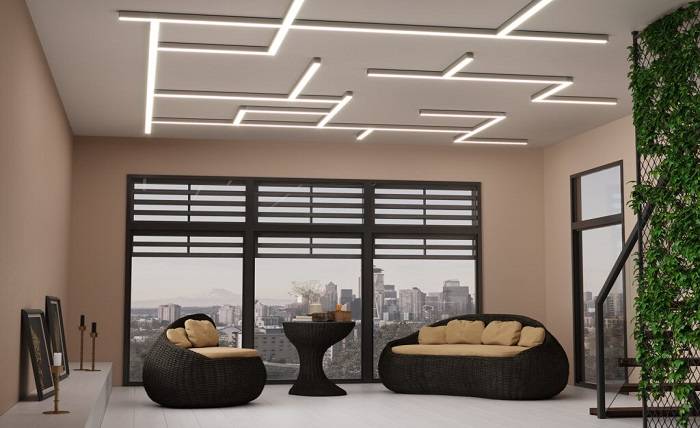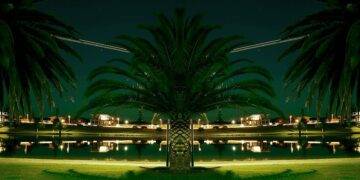Lighting is one of the main sources of plant growth and development. But depending on the characteristics of the seasons, plants do not always have the opportunity to receive the required amount of light. And here one of the best solutions to this task is the use of phyto-lighting.
What is phytolighting?
Phytolighting is special artificial lighting that is achieved thanks to the use of phytolamps. Phytolamps, in turn, are created in such a way that they can emit such a spectrum of electromagnetic radiation that plants are used to. The lighting received by the plant causes a vital process – photosynthesis, which in turn enables the plant culture to grow and develop regardless of the season, natural conditions and other criteria.
Artificial lighting obtained from phytolamps can be used as: additional lighting to natural throughout the year; periodically, in the cold season, to lengthen the daylight hours; constantly, as a complete replacement of natural light.
The following types of phytolamps are distinguished:
- LED phytolamps are lamps that, thanks to their structure, do not cause intensive evaporation of moisture, and with the help of special developments, they can regulate color emissions.
- Fluorescent phytolamps – phytolamps do not heat up, do not lead to excessive evaporation of moisture, and have a long service life. A particularly important component is the presence of blue rays, which promotes photosynthesis in plants.
- Aquarium phytolamps – they are divided into blue-spectrum lamps, which are installed in aquariums with access to natural light, and full-spectrum lamps, which are installed when natural lighting is far from the aquarium.
- Sodium phytolamps are used in greenhouses to illuminate plants at a late stage of their development
- Metal halide phytolamps are available in white, the closest to natural light.
- Ultraviolet phytolamps – lamps with special electromagnetic radiation, for the benefit of plants, only a narrow spectrum of light goes.
To obtain the desired effect, it is necessary to take into account the peculiarities of using phyto lamps :
- A lamp with a power of at least 7 W is required to illuminate one square meter of plants.
- The optimal distance between the lamp and the plant should be 25-40 cm, this will give the maximum positive effect;
- In the cold season, to increase daylight, you need to use a lamp for 4-5 hours a day;
- In turn, germinated plant sprouts should be illuminated around the clock for 4-5 days, and then reduce the amount of light to 14 hours a day;
- It is also necessary not to forget about the direction of light from top to bottom, which is similar to sunlight in natural conditions.
The main advantages of LED phytolamps
It is known that all plants develop due to the process of photosynthesis, more in-depth studies have shown that it occurs more actively in the illumination of the blue and red range. The statistics of various experiments show how some plants differ in the composition of chlorophyll, and the intensity of photosynthesis depends on this.
Depending on the stage of growth, different plant cultures absorb a certain part of the light spectrum. Greens such as onions, parsley, and dill grow more actively in the blue spectrum (wavelength 445 nm). At the early stage of development, this range is better for seedlings of vegetable crops. When the period of flowering, ovulation and ripening of fruits comes, the light of the red spectrum in the range of 660 nm is actively absorbed. For some vegetable crops, a wide spectrum of white light is suitable for favorable growth.
Electrician sacramento highlight the following main advantages of LED phyto lighting:
- Plants absorb 99% of energy;
- The service life of an LED lamp is twice as long as compared to other lamps whose service life is from 16,000 to 24,000 hours;
- Plants receive light in the blue and red spectrum in the proportion necessary for the process of photosynthesis;
- LED lamps to consume 2 times less electricity compared to fluorescent lamps;
- LED phyto light effectively stimulates the growth of plants during the entire period of development (before flowering, during flowering, fruit set, and ripening), due to which there is no need to change light sources at different stages.










